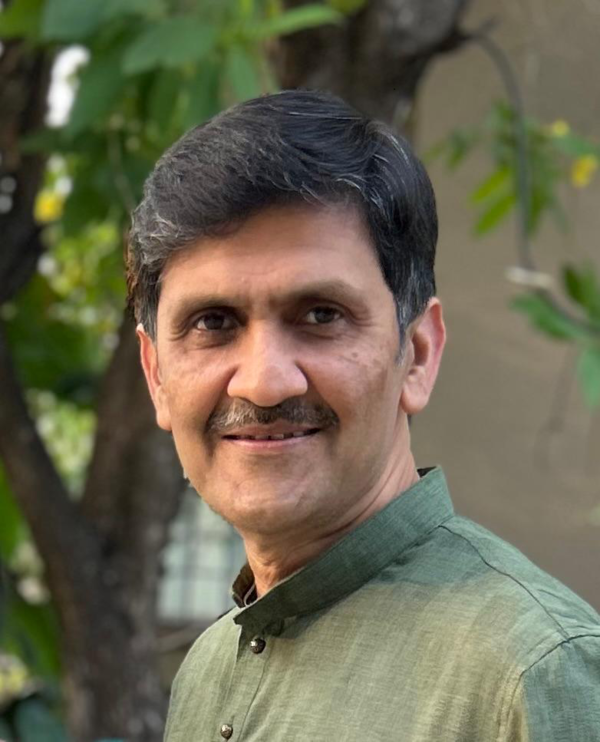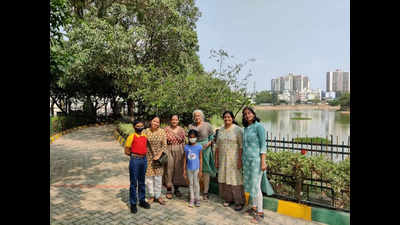Bringing Bengaluru’s lakes back to life | Bengaluru News

Local communities and BWSSB together are beginning to reverse a decades’ long trend of water bodies dying
Bengaluru is bracing for summer, with its inevitable water scarcity. BWSSB is working towards filling up 46 lakes in the city to mitigate the problems. Ram Prasath Manohar, chairman of BWSSB, told us that when lakes are recharged in this fashion, the water will percolate down and improve groundwater levels. “Our studies show that this is an efficient solution to tackle water scarcity,” he says.
BWSSB has earmarked Rs 60 crore for this project which is scheduled to commence by mid-March.
Manohar says lake restoration would involve local residential communities. BWSSB will also tie up with the Bangalore Apartments’ Federation (BAF). “The ongoing maintenance and care of such lakes will be undertaken through active participation of local communities,” Manohar says.
Huge dependence on groundwater
Subramanian Sankaran, trustee at MAPSAS (Mahadevapura Parisara Samrakshane Mattu Abhivrudhi Samiti), a non-profit trust that manages lakes, says when Kaikondrahalli Lake was revived, ground water levels went up visibly within a couple of kilometres.

Subramanian Sankaran, Trustee, MAPSAS
Currently, we oversee three lakes – Kaikondrahalli, Kasavanahalli and Saul Kere. The different govt departments responsible for management of lakes work in silos leading to mismanagement and chaos. The horticulture department tends to conduct plantation drives without consulting the BBMP or the citizens groups and introduce exotic plant varieties that are difficult to maintain and do not support the local biodiversity. BBMP is very short staffed and seems to be facing a budget challenge. Most of the budget is prioritised towards lake rejuvenation and not for maintenance. And that’s where citizen groups like us contribute through active support both on field and financially with our access to RWAs, philanthropists and individual donors. Currently, citizens’ lake groups don’t have access to CSR funding due to an ongoing case of BBMP which is awaiting resolution.
Subramanian Sankaran, TRUSTEE, MAPSAS (MAHADEVAPURA PARISARA SAMRAKSHANE MATTU ABHIVRUDHI SAMITI), A NON-PROFIT TRUST THAT MANAGES LAKES
Groundwater sources provide a substantial part of Bengaluru’s water needs currently, given that Cauvery water is inadequate. Satish Mallya, vice president at BAF, notes that a study by BWSSB and IISc found that 80 wards, including 110 villages, are heavily reliant on groundwater and are at high risk of acute shortage during the upcoming summer in March like last year.
Replenishing water bodies even contributes to the well-being of various plant and animal species that depend on these aquatic habitats.
Power of community
Civic bodies have demonstrated adequate competence in lake restoration initiatives. However, the subsequent lake maintenance receives inadequate attention, says Subramanian. “The financial resources designated for ongoing lake conservation and upkeep is insufficient,” he notes.
That is where communities can step in and Bengaluru presents many such inspiring narratives. A lot of the city’s revived lakes stand as a testament to the power of community. Ordinary people have come together to bring dying lakes back to life, and to hold civic bodies like BBMP accountable, rather than being passive onlookers.
Nestled between Brigade Millennium and South City, Puttenahalli Lake is now a haven for bird watchers and nature lovers. It is home to 122 species of birds and over 500 trees. But not very long ago, it was dying. The Puttenahalli Neighbourhood Lake Improvement Trust came to its rescue. The trust played a pivotal role in getting BBMP to revive the lake and even volunteered to maintain it by signing an MoU with the civic body in 2011.
Usha Rajagopalan, 69, who formed the trust along with three friends, finds immense joy in keeping the lake alive.
MAPSAS has hired private home guards to keep an eye on lakes. “BBMP’s home guards lack proper training in managing water bodies. Early morning walkers, especially those heading to work, become restless when they find the gates closed. If the home guards delay opening the gates, visitors forcibly break them open. The city faces significant issues with vandalism, particularly around lake areas. To address this issue, we keep private home guards and manage their wages independently,” says Subramanian.
Immersion of idols in lakes also creates problems. “People come in hordes to immerse idols and they leave an absolute mess behind them, which takes months to clear,” he says.
Lack of coordination between different government departments responsible for rejuvenation of lakes is a major concern, say lake activists. At least ten government bodies are involved in lake rejuvenation. Some like the stormwater department operate independently. “They remain unconcerned about the downstream consequences of their actions on lakes. Their singular objective centres on finding outlets for accumulated upstream water, with lakes being their preferred and most convenient discharge points,” says an activist who does not wish to be named.
Bengaluru, which boasted 280 lakes in the 1960s, saw an astonishing decline in the subsequent decades. Community action is now beginning to reverse that.
















